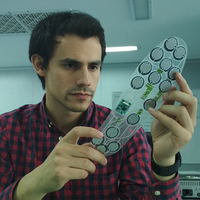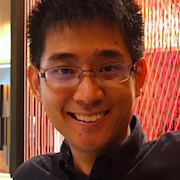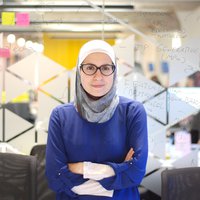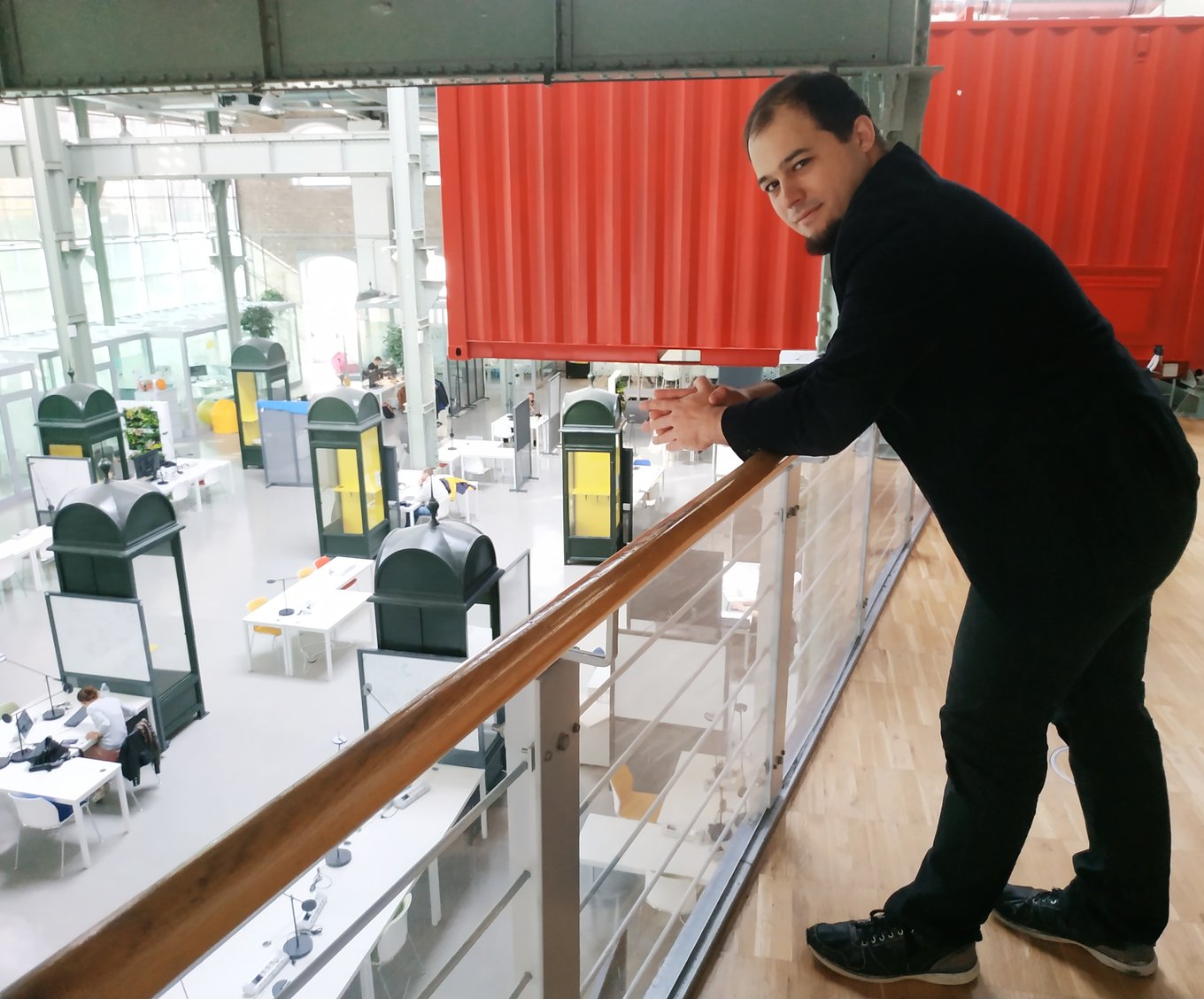It costs the pharmaceutical industry an average of 1.9 billion euros in R&D to successfully take a medicine out of the laboratory and onto the market. And only one in every 10,000 molecules studied as potential drugs end up being marketed. This has meant that in recent years these investments are losing profitability. In fact, the return on investment expected from drugs in the last stages of testing (or that have already been launched) has been declining since 2010. Despite this financial risk, it is essential to continue creating medications, since their availability has a direct effect on the lives of those who can benefit from them. Between 1980 and 2008 the average life expectancy of patients with cancer increased by three years, and 83 % of this increase was thanks to treatments that included new drugs.
One of the people who dedicate their lives to increasing efficiency and shortening the length of time that it takes to develop new drugs in oncology is Kristof Szalay. His objective is to accelerate the discovery of new anti-tumour compounds, a path that has remained the same (slow and expensive) for decades now. Thanks to this effort, this young man has become one of the winners of the Innovators Under 35 Europe 2018 awards from MIT Technology Review.
The usual process of looking for new drugs begins with the selection of a molecule on which several rounds of experiments in the laboratory can be conducted, first on cultured human cells and then on animals. If the results are positive, and the test substance is safe and effective, some 15 years later the medication reaches the market. The alternative proposed by Turbine, Szalay’s company, is a system that uses computers to simulate the biological processes that happen in human cells when they come into contact with drugs, and uses artificial intelligence to predict which cells a certain medicine will be effective on.
Cancers are characterised by an uncontrolled multiplication of cells that makes the tissues ill. Turbine’s objective is to determine as soon as possible if a particular drug will be able to kill the sick cell. And they will know because, in that case, the drug will activate in the cell a series of processes that will lead it to commit suicide. If it is other proteins that are activated and continue to stimulate the division and uncontrolled proliferation of cells, it is a sign that the medication is not effective.
Therefore, it seems logical that the starting point for Turbine’s simulations is a kind of "map" of the processes occurring inside the cancer cells. This "map" -which is based on a model designed by Szalay during his research- accurately reflects the biology of cells and the actions and signals that activate within them. The researcher adds that his "map" "has been cured manually in recent years to ensure that it can show the expected behaviour of biological studies and that all the model’s pathways operate in accordance with the literature".
To this generic model, which is the same for each human cell, Turbine then overlays the genome of the cancerous cells that they want to study, including certain mutations that eliminate or activate certain proteins. They also modulate the amount of proteins present in this type of cancerous cell and eliminate those that are not present in that tissue. In addition, Turbine can incorporate into the model information on how a medicine works, from the preclinical phase to phase II, to increase the chances of reaching phase III trials.
The company explained that they can generate hundreds of millions of simulations every day, test multiple drugs, combinations of them and potential biomarkers for candidates for medicines. In addition to predicting the effectiveness of a treatment, the results of their virtual experiments help to understand its exact mechanism of action, and allow for the selection of patients in whom certain drugs will be effective. Until now they have tested it with two big pharmaceutical companies for the combined design of drugs (identification of good "companions" to combine with a specific drug) and for looking for biomarkers (finding mutations that cause resistance or sensitivity to a particular drug).
Cécile Tharaud, Vice President for Innovation at the NAOS Group and member of the jury of Innovators Under 35 Europe 2018, considers Szalay’s project "exceptional" and believes that he stands out as someone "creative, intelligent, tenacious, ambitious, pragmatic and balanced". For the judge, this young man has been at the centre of a "sharp, specific and realistic” business adventure in a field that represents "one of the main challenges of modern medicine: personalised medicine".
By Elena Zafra
Translation: Lisa Rushforth




